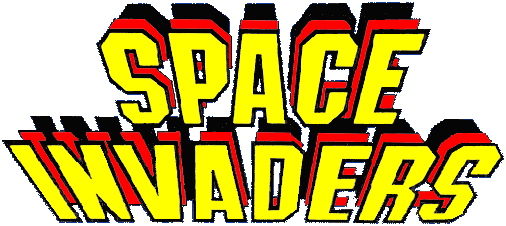Chapter 3
The Golden Age of Video Games

As with many things in the history of arcade gaming, even the date with which the Golden Age of video games began is disputed. However, almost everyone would agree that the industry changed for good with the release of Taito’s Space Invaders. Released in 1978, Space Invaders was the arcade industry’s first blockbuster hit and drew inspiration from sci-fi media such as The War of the Worlds and Star Wars, tapping in especially to the popularity of the sci-fi revolution in film.
The success of Space Invaders inspired the industry to further innovation and creative output, and the following three years saw the release of now-timeless games such as Asteroids, Galaxian, Pac-Man, Defender, Donkey Kong and Frogger, among many others. The early 1980s saw an acceleration in technology that is only now slowing down, more than 30 years later. Aside from innovations in gameplay, technologies such as sprites, laserdisc storage, cel-animation, vector graphics, digital audio and the use of larger numbers of buttons all came to fruition in the early 1980s, and as the decade moved on, it seemed inconceivable that games had moved on so far in just a few short years. For example, there was only a 5-year gap between Konami’s Frogger and Sega’s Out Run, two games seemingly so far apart in technology that making a comparison is almost impossible.
Arcade gaming was already starting to decline by 1986 (the year that saw Out Run and Taito’s Bubble Bobble released). While better games were to come, and arcade popularity would wax and wane, the overall trend was downhill from the mid-1980s, and a large part of their decline was the inexorable rise of home gaming systems.